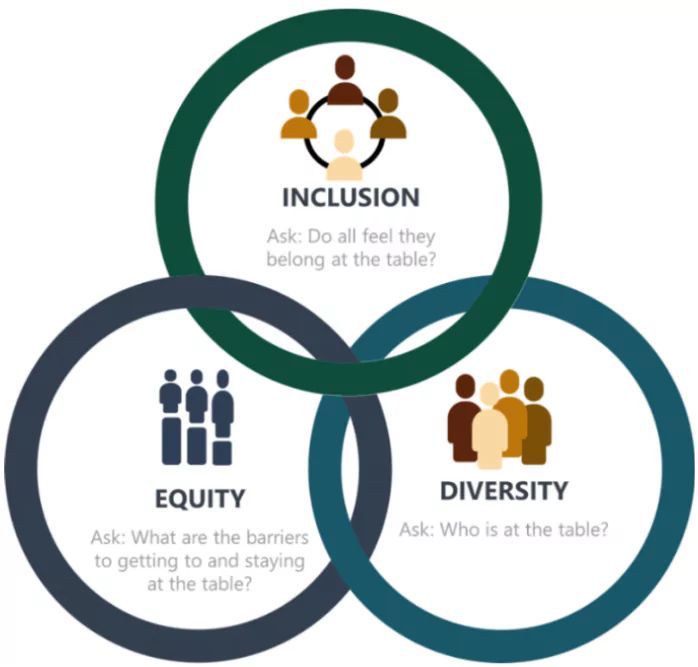![]() 17 Feb 2025
17 Feb 2025

Big Tech companies are seen to be back-tracking on their DEI goals in wake of the new Donald Trump administration in the US Office.
 Equity: Equal access to opportunities and fair, just, and impartial treatment
Equity: Equal access to opportunities and fair, just, and impartial treatment
<div class="new-fform">
</div>